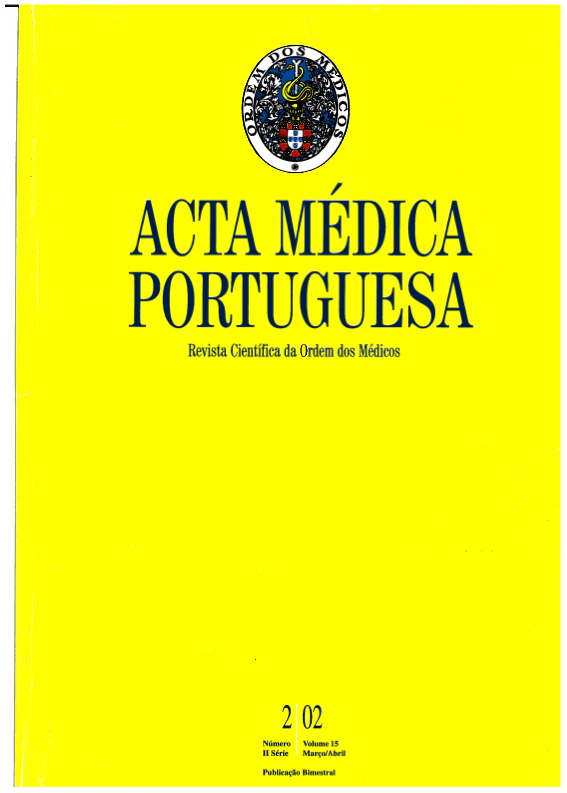Aircraft cabin air quality: exposure to ozone.
DOI:
https://doi.org/10.20344/amp.1917Abstract
Ozone is the principal component involved in photochemical pollution of the air. As an irritant of the respiratory system, its effects on the health of those exposed to it are characterised essentially by coughing, shortness of breath, chest pain or tightness and alterations to the pulmonary mechanical function. Additionally, a higher frequency and severity of asthmatic exacerbation and the occurrence of eye irritation are linked to environmental exposure to O3. In the early 1960s the first studies on the exposure to O3 in aircraft cabins appeared, prompted by the occurrence of clinical complaints of irritation of the respiratory tract in crewmembers and passengers. The symptoms had hitherto been attributed to the action of other factors, such as the ventilation system and low level of humidity in the air. An updating is done by author of some factors related to the quality of air inside aircraft cabins, namely the exposure to ozone in crewmembers and passengers.Downloads
Downloads
How to Cite
Issue
Section
License
All the articles published in the AMP are open access and comply with the requirements of funding agencies or academic institutions. The AMP is governed by the terms of the Creative Commons ‘Attribution – Non-Commercial Use - (CC-BY-NC)’ license, regarding the use by third parties.
It is the author’s responsibility to obtain approval for the reproduction of figures, tables, etc. from other publications.
Upon acceptance of an article for publication, the authors will be asked to complete the ICMJE “Copyright Liability and Copyright Sharing Statement “(http://www.actamedicaportuguesa.com/info/AMP-NormasPublicacao.pdf) and the “Declaration of Potential Conflicts of Interest” (http:// www.icmje.org/conflicts-of-interest). An e-mail will be sent to the corresponding author to acknowledge receipt of the manuscript.
After publication, the authors are authorised to make their articles available in repositories of their institutions of origin, as long as they always mention where they were published and according to the Creative Commons license.









